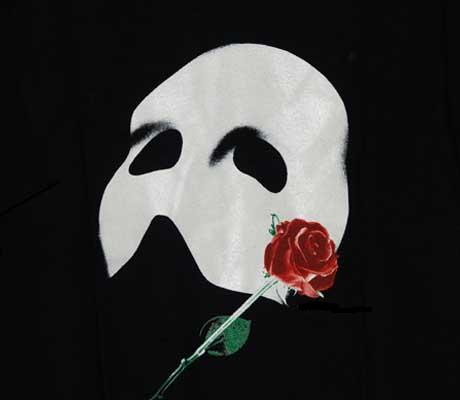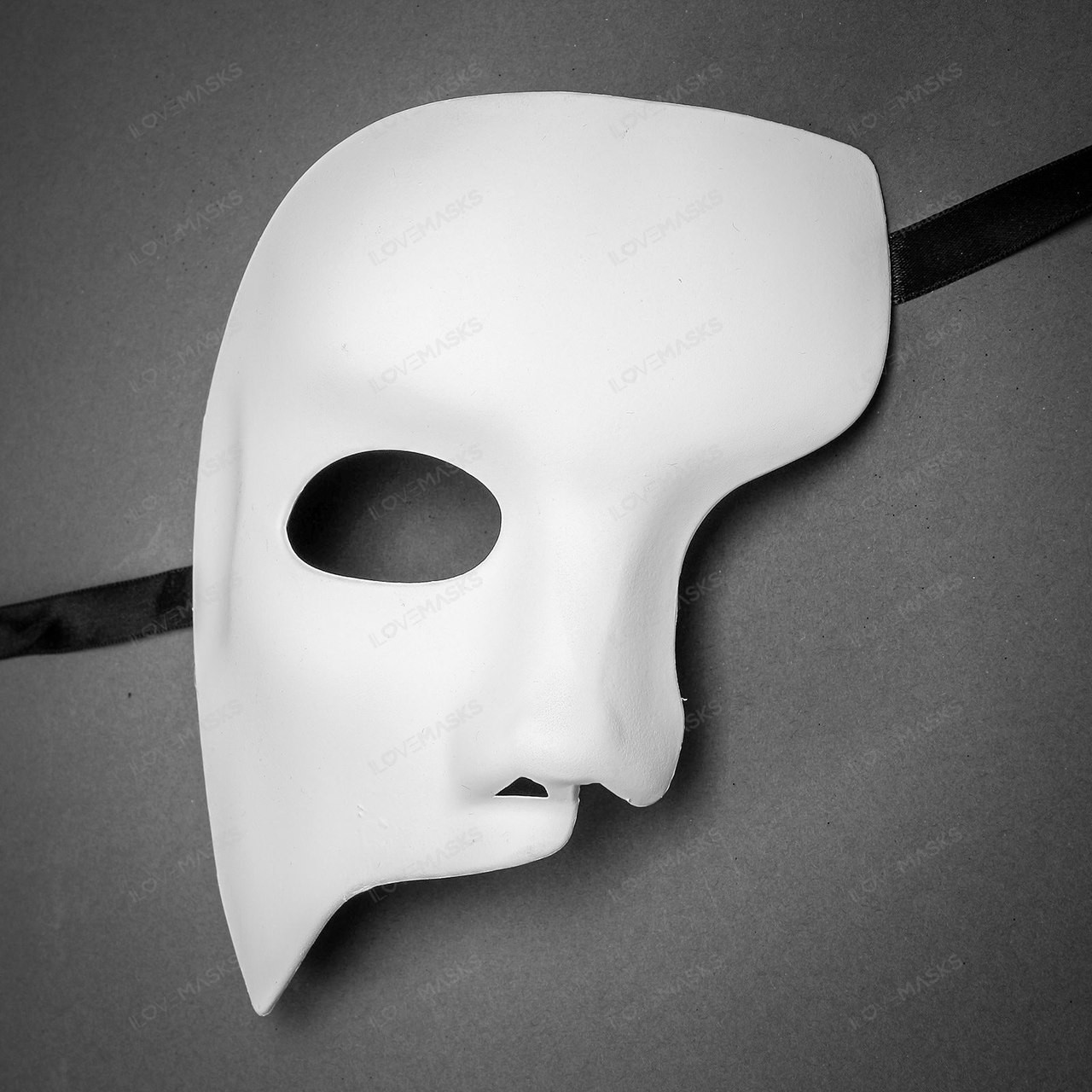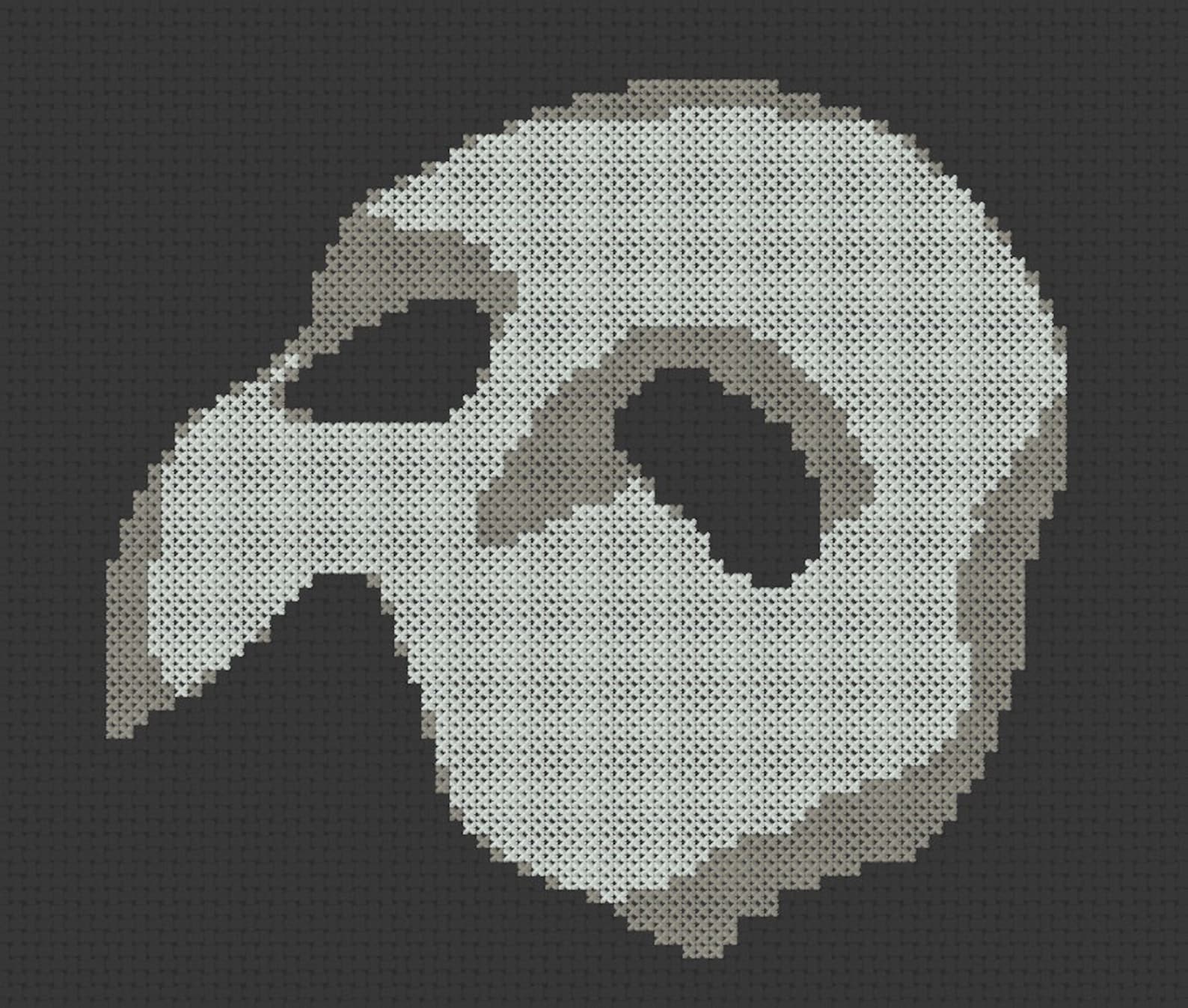



Enter your text, select a font, select a size, choose your colors, and then click Generate. The good news is that you can create your very own Phantom of the Opera image without having to install the TTF font above. To get started, click on the green download button below. It comes with a Free For Personal Use license so you’re good to use it pretty much however you like. You can use this typeface to create a Phantom Of The Opera logo of your own design. It fact, the author of this font noted that he had seen it being used in an actual Phantom stage performance. This font is a near exact replica of the one used in the original Phantom Of The Opera musical. This is surely testament to quality of the font and how closely it aligns to the original design. Since then, the font has been more than 70,000 times and downloaded more than 17,000 times. This font was first published by Cassiel over on the Deviant Art website back on 18 July in 2005. An interesting point is that it was created using the Font Creator 5.0 software tool, using Times New Roman as the base. It was created by Cassiel Oliviari who is a font designer from Canada. Move over to a 72 note movement and you’ll find yourself engulfed in precise arrangement perfectly laid out to reproduce the feel of concertos and operas.The font that is used in logo for the Phantom Of The Opera musical is a typeface of the same name. It’s just the right amount of notes to be recognizable. A good analogy for comparison is similar to a piano performance of a novice enthusiast versus a classical virtuoso! Think of the standard 18 note movement as an outline of a tune. The differences in sound and structure will become apparent. The exact range of musical movements are 18, 23, 30, 36, 3.36, 50, 72, 144 notes.Īs you begin to trek through the world of music boxes, you will notice a more profound auditory experience when scaling upwards towards the larger size musical movements. Beginning at the standard 18 note movement up to a 144 note masterpiece. Here at Music Box Attic, we offer a range of musical movements. Depending how many teeth are on the comb (music notes) a single tune (1 full revolution) can play anywhere from 12 seconds up to 50 seconds with a running play time of a few minutes up to half an hour!

They can vary in physical size and playing time. The term used for the mechanism that produces the melody in a music box is referred to as a “mechanical movement” or “musical movement”. It produces sound from a finely tuned comb, struck by a set of pins that protrude from a rotating cylinder. One in which its place as an automatic musical instrument. A music box can be interpreted in various ways.


 0 kommentar(er)
0 kommentar(er)
